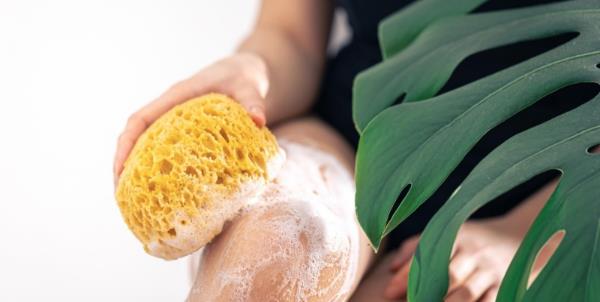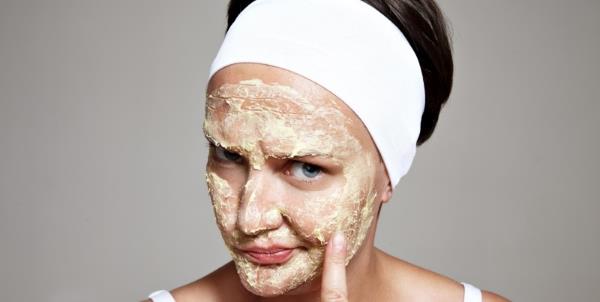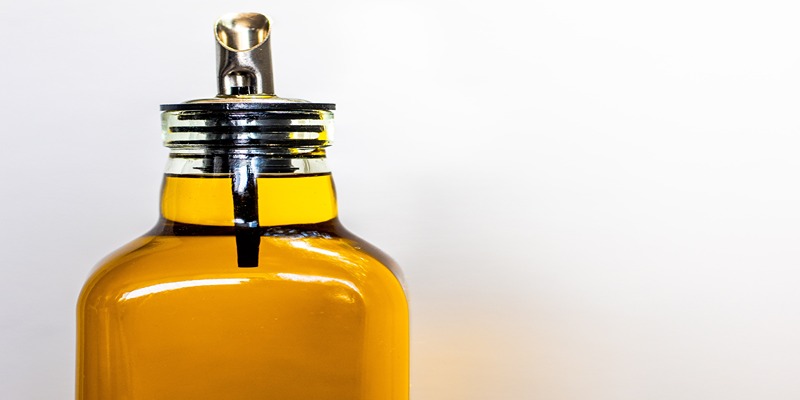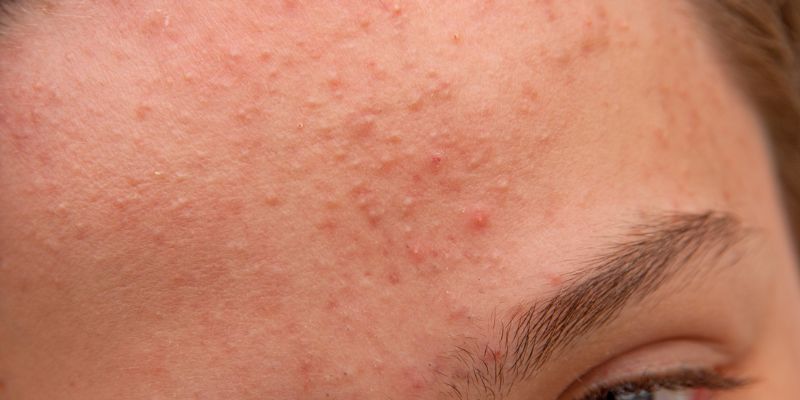There are many different ways to a healthy and glowing skin. Some eat a healthy diet, while others exercise regularly, and some will also cleanse and moisturize it religiously. Exfoliation is another method that can help you with creating a healthy outlook.
So, if you want to know how to exfoliate correctly, this article is for you. Here, we will also share how do you exfoliate based on skin type, exfoliation type, and more.
What is Exfoliation?
It is the process of removing the topmost skin layer or, in most cases, dead skin cells to help repair your skin. There are different types of processes, like mechanical or chemical methods, and they can also vary by skin type. We will discuss each of these in detail.
Why Should You Exfoliate Your Skin?
Our bodies constantly repair themselves; the same is true for skin cells. So, after a few cycles of new cell creation, some dead cells are left on our skin. By cleaning these accumulated dead cells from our skin, we gain the following key benefits:
- You slowly allow the age spots to fade.
- Your wrinkles become less visible as you can make fine lines with them.
- An extra unwanted layer is removed; thus, your skin can better moisturize with beneficial constituents like serums, moisturizers, and antioxidants.
- Allowing for the unclogging of pores for the above benefits.
- You reduce superficial scars and minimize pore size to stop dust from accumulating.
Which Method of Exfoliation Should You Use?
It is the first question that arises after you learn how to exfoliate face or other body parts because A, there are different kinds, and B, your skin type will dictate it.
Let's discuss the two main methods of how to exfoliate. First up is mechanical methods of exfoliation.
Brushes for Exfoliating – These brushes have slightly softer bristles that can be used independently as a dry brush or with soap or cream during the shower.
Sponge for Exfoliating – These sponges can also be soft or hard based on your preference and work the same way as brushes.
Glove for Exfoliating – You use gloves for the better grips that most brushes and sponges cannot provide. They can also be used by applying soap or foam to create a lather for easy application. Their best use is for your body after you know how to exfoliate face.
Scrubs for Exfoliating – Creams of different kinds that have exfoliating agents that are a bit coarse and applied with circular, gentler motion with your hands.

Now, we will discuss chemical methods of exfoliation.
AHAs – Include ingredients such as tartaric, glycolic, and other acids to break bonds, allowing for more accessible release of dead skin cells.
BHAs – Salicyclic or hydroxyl acids are used for skin that cannot quickly get acne.
How Do You Exfoliate?
Let’s discuss how to exfoliate correctly based on the abovementioned exfoliation method.
For Chemical Exfoliation
- Start your routine by washing your face. You can use a standard cleanser for that.
- Apply the exfoliant cream using a pad or a cloth, but make sure it is moistened and can easily be applied on the whole face or body part.
- Allow the exfoliate to absorb into your skin.
- Some require rinsing with lukewarm water, so do that.
For Physical Exfoliation
- Same as chemical exfoliation, start by using a standard cleanser.
- Apply the scrub from your recommended brand on your face using a circular motion with your hands for up to 1 minute.
- Rinse off with warm water.
- For brushes or gloves, apply liquid soap and pour some water to create a lather with your hands. You can use a chemical exfoliant on brushes and gloves, too.
- Apply it on your skin with regular, repeated motions.
- Continue with your regular skincare routine.
How to Exfoliate Based on Skin Types?
Let's discuss each skin type and what you should and shouldn’t do.
Dry Skin – Don't use mechanical exfoliation for drier skin, as it can cause more abrasion, leaving reddened skin. You should use AHAs for this skin type.
Sensitive Skin – Both mechanical exfoliations, like scrubbing, are a no-go. Start by applying chemical exfoliation on a small skin patch to test how your skin reacts. Change accordingly the strength of the chemical exfoliant.
Oily Skin – Mechanical exfoliation is perfect for this skin type and can gain more benefits, especially with a brush. This is recommended because you will remove oil buildup to make exfoliation easier.
Normal Skin – You can choose any of the methods mentioned that suit your skin, but after checking if you don't have any condition that you need to be wary of.

How to Exfoliate the Right Way – Best Tips
- Some products, primarily chemical exfoliation, might be harsh on your skin; always apply on a patch for the first time to see results.
- Please read the above exfoliation recommendation to understand the best method for your skin.
- No matter the exfoliation method or product, please always be gentle with the application.
- Use gentle strokes in regular circular or straight motion depending on the body part you are exfoliating.
- Always apply a moisturizer after every exfoliation, as it is a drying method.
- There are different exfoliation frequency recommendations, but you should choose what suits your skin.
- You can move to the physical exfoliation method if chemical methods irritate your skin.
Final Words
Exfoliation is a healthy method to remove dead skin cells from your body, allowing for better skin rejuvenation. But if your skin is sensitive, use a gentler exfoliation method instead of scrubbing or brushes.
The best way is to read the details outlined in this article and then consult your dermatologist to reach a consensus on the best approach. You don't want your skin to become inflamed or start peeling because of your practice. Because instead of enhancing your skin, you now have damaged it more.




